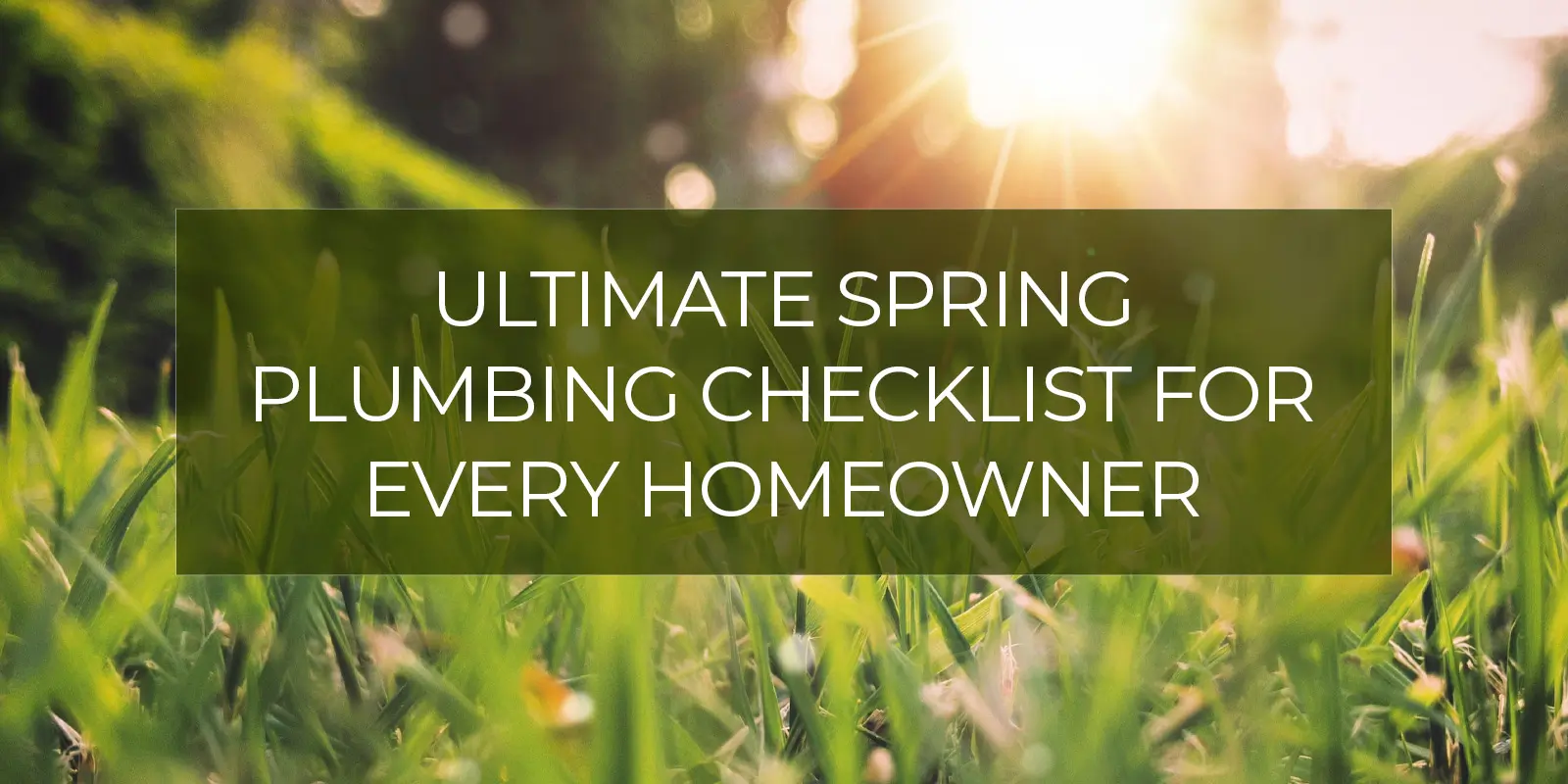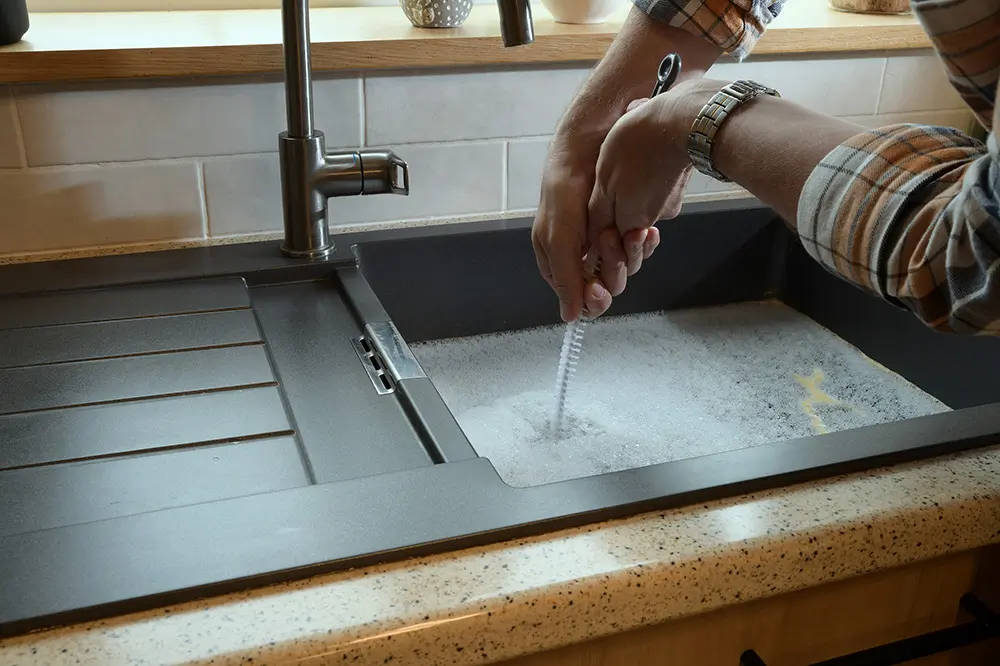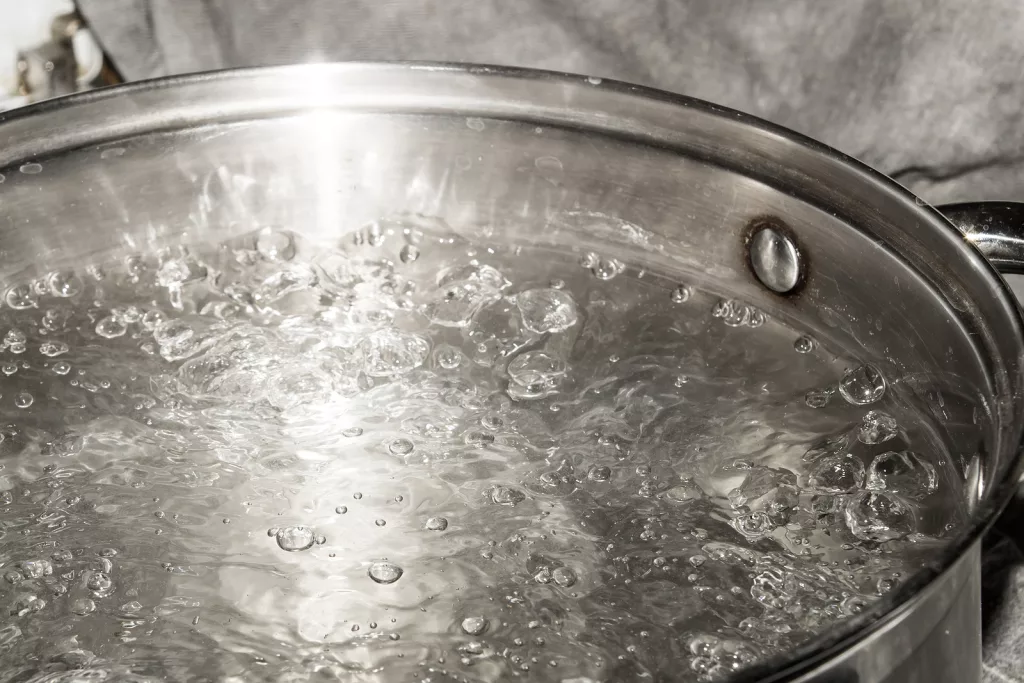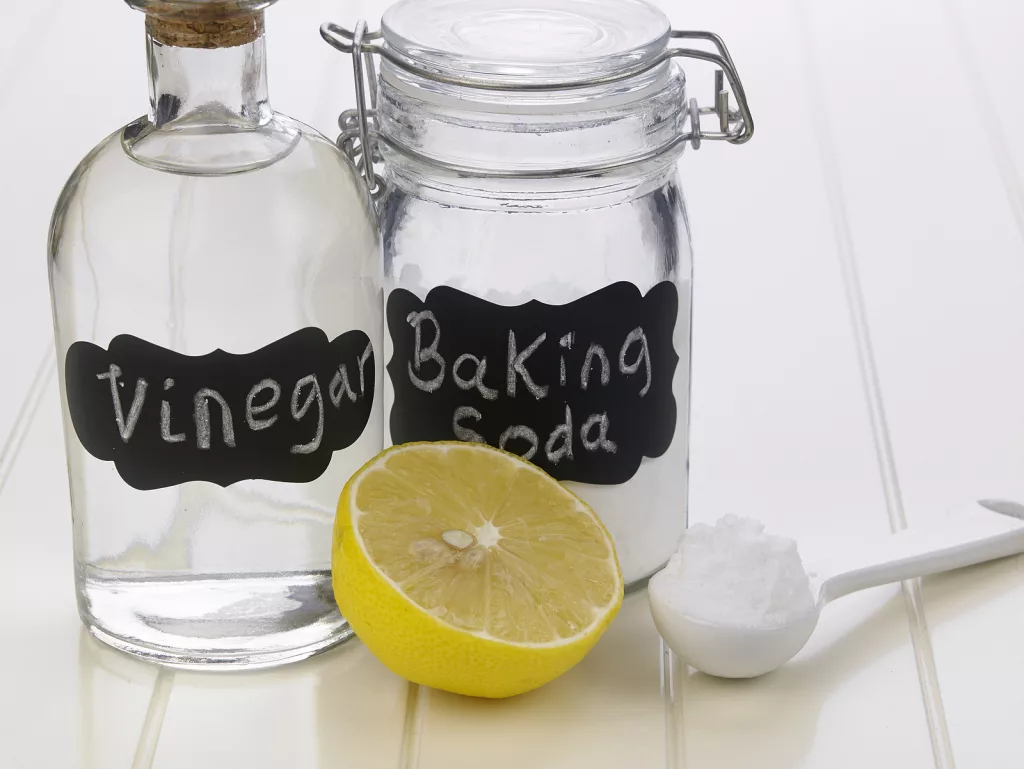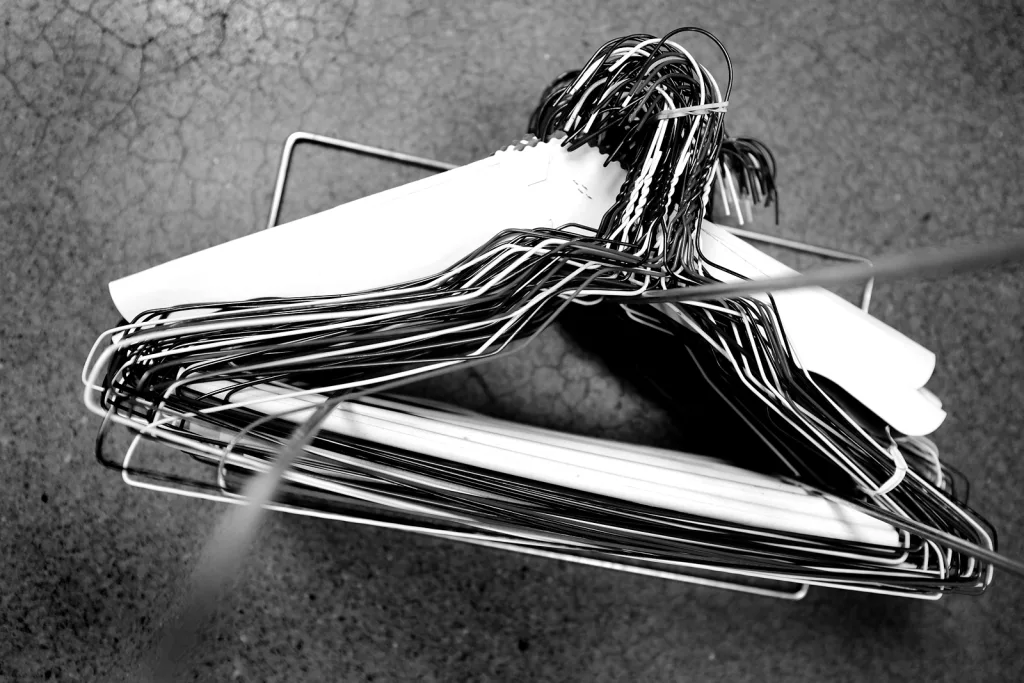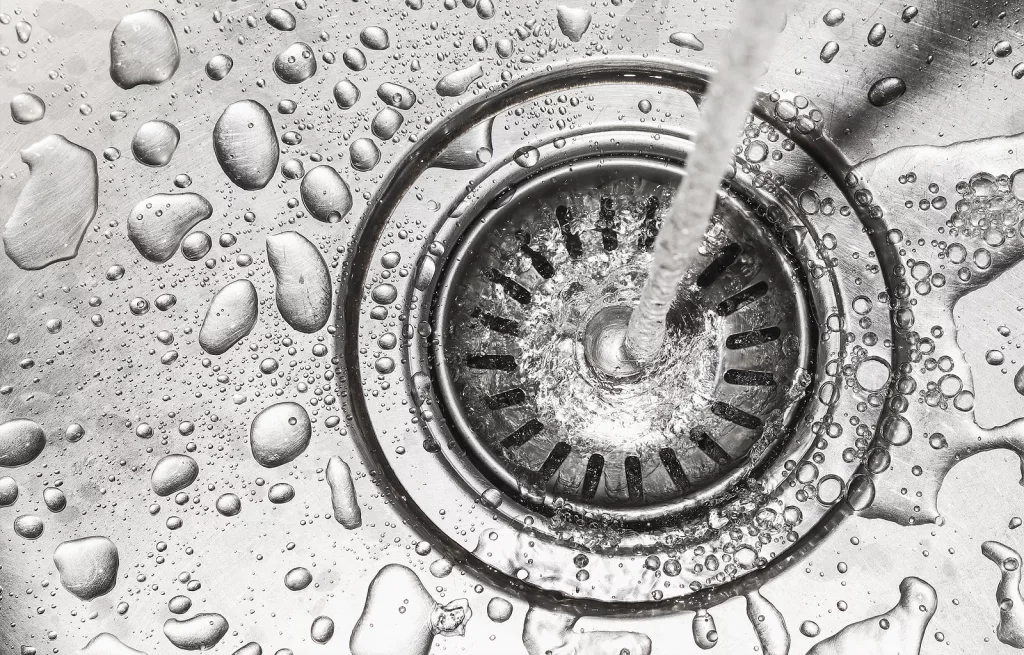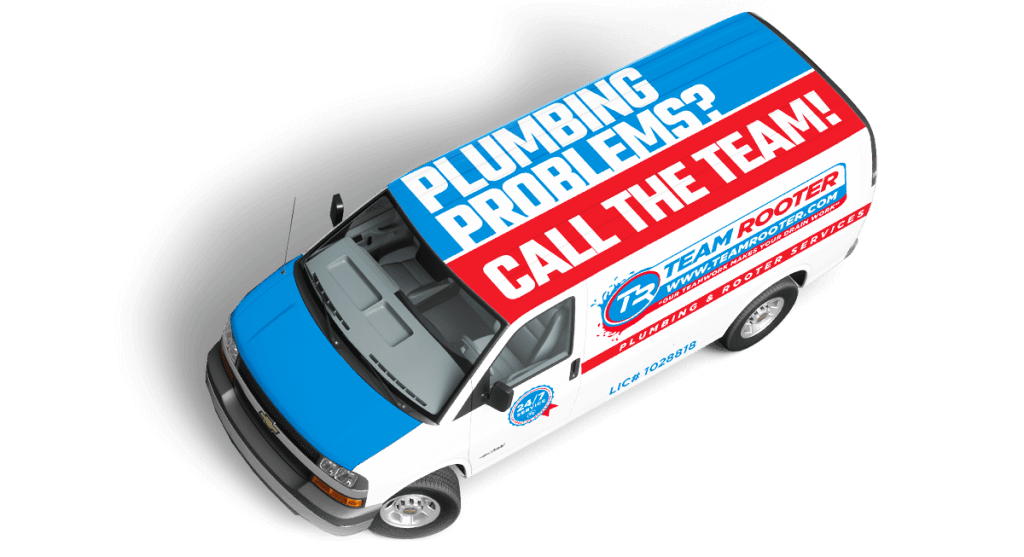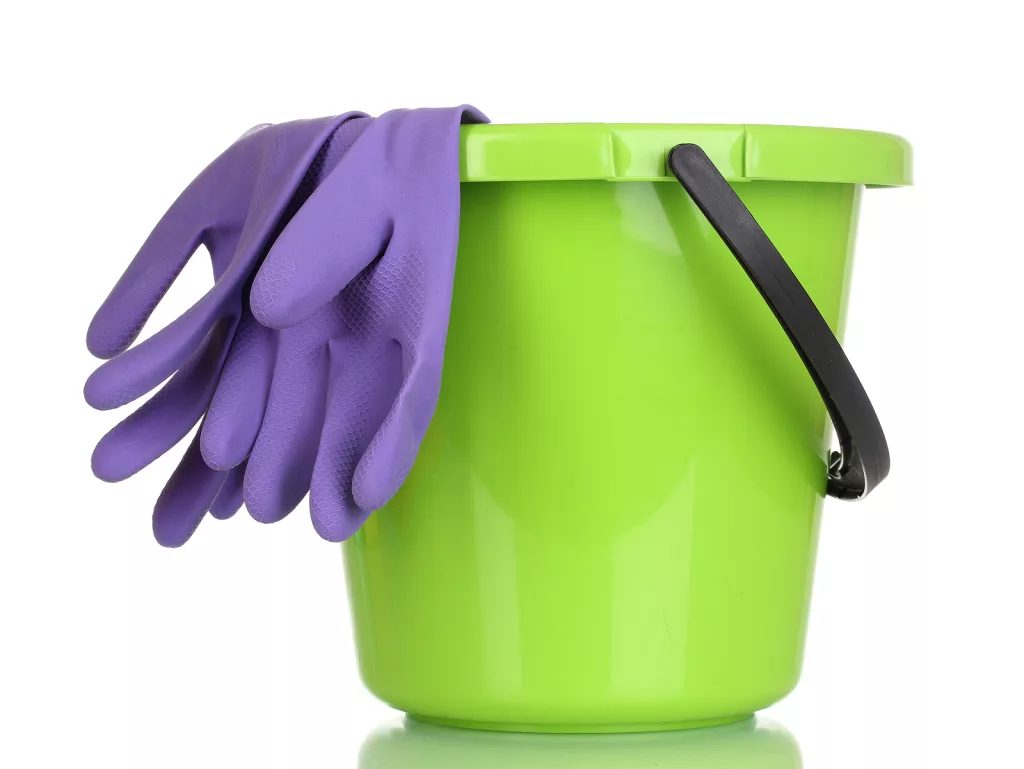Ultimate Spring Plumbing Checklist for Every Homeowner
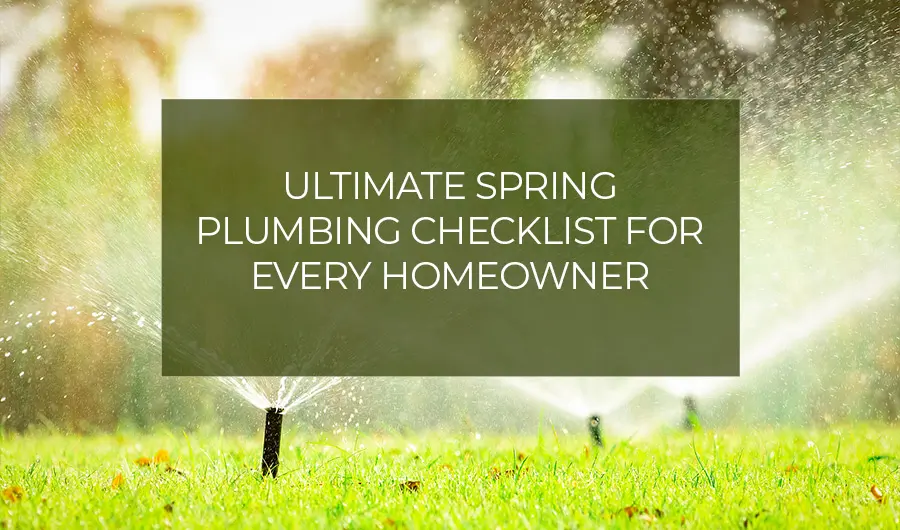
Spring is not just a time for cleaning your home; it’s also the perfect season to check and maintain your plumbing system. After the long winter months, your pipes, faucets, and the entire plumbing system can greatly benefit from a thorough check-up to prevent any issues from arising during the warmer months. Team Rooter Plumbing brings you a comprehensive spring plumbing checklist filled with DIY tips and professional advice to keep your home’s plumbing in top shape. Whether it’s drain cleaning, hydro-jetting services, or just routine maintenance, we’ve got you covered for all residential and commercial plumbing needs.
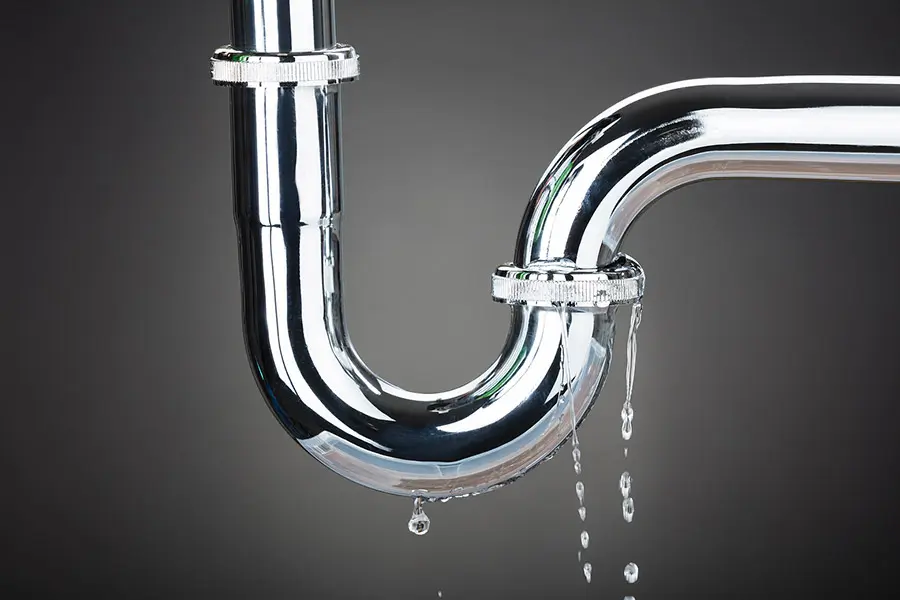
Inspect Pipes for Leaks
Winter can be harsh on your pipes. With the thawing of spring, it’s crucial to check all exposed pipes for signs of leakage.
DIY Tip
Visually inspect pipes in your basement, crawl space, and utility areas for any signs of moisture or drips. Listen for leaks you can’t see.
Leak Detection & Repair
If the leak is due to corrosion or if you’re uncomfortable doing the repair yourself, it’s time to call in the experts. Persistent leaks can lead to higher water bills and water damage.
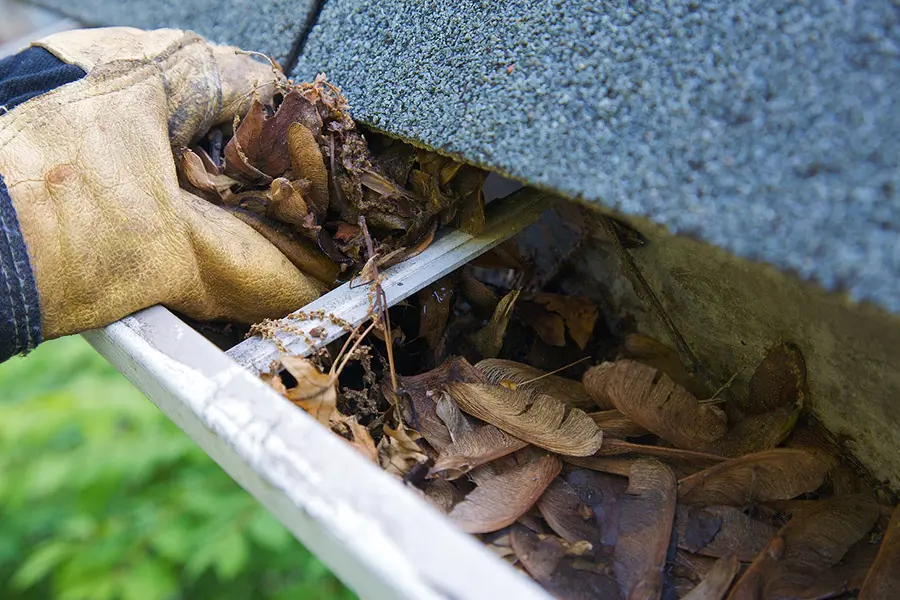
Clear Out Gutters & Downspouts
Clogged gutters can lead to water damage on your roof and walls. Make sure they’re clear of debris to allow proper drainage away from your home.
DIY Tip:
Safely use a ladder to remove leaves, twigs, and debris from your gutters and check downspouts for blockages, using a hose to flush them out.
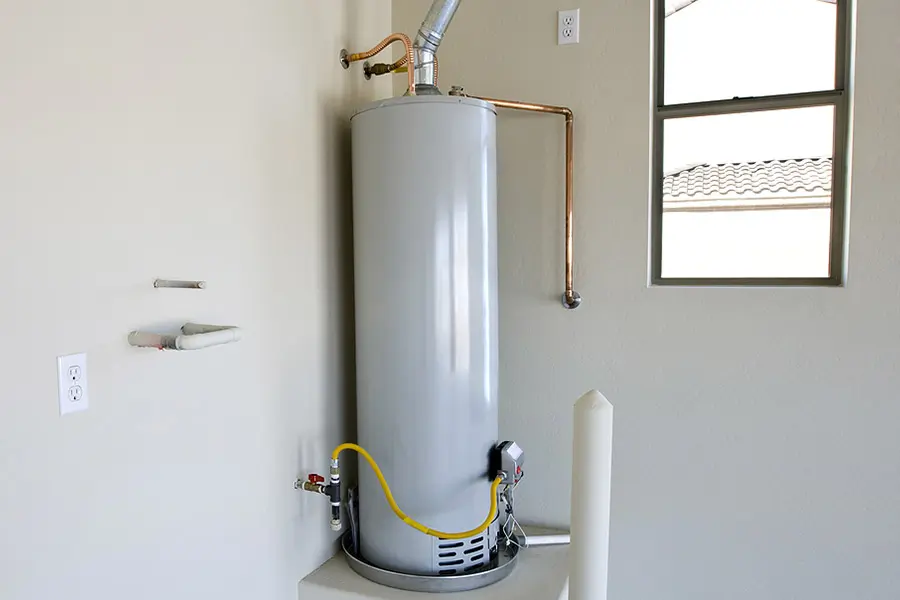
Prepare Your Water Heater
After working hard during the winter, your water heater needs a check-up to continue providing hot water efficiently.
DIY Check:
Drain a few gallons from the water heater tank to remove sediment. Check the temperature setting to ensure it’s not above 120°F for energy efficiency.
Expert Water Heater Repair or Replacement
If you notice noise, leaks, or rust, or if the system is older than 10 years, consider scheduling a professional inspection or discussing replacement options.
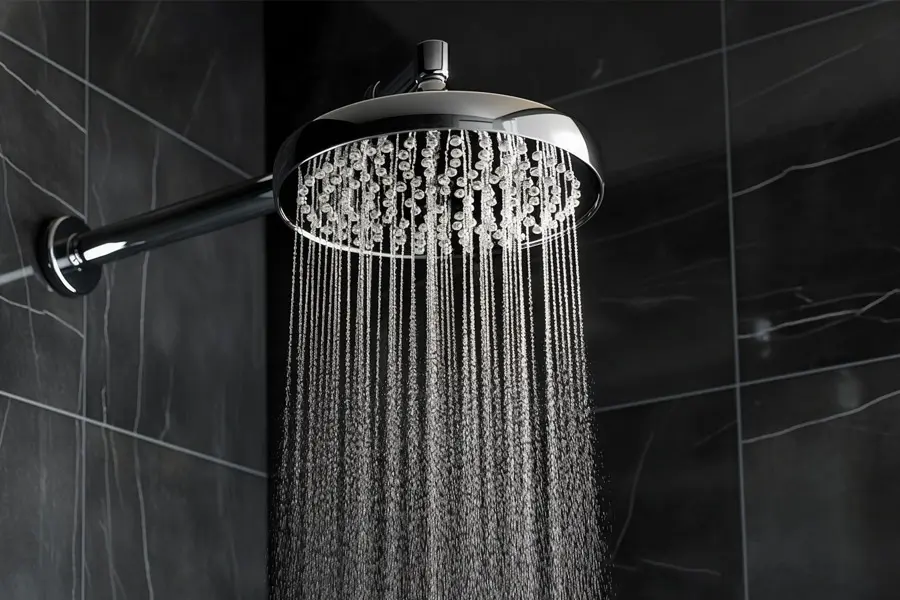
Inspect and Clean Showerheads & Aerators
Mineral buildup can affect water pressure and quality. Cleaning your showerheads and faucet aerators is an easy spring task.
DIY Cleaning:
Soak aerators and showerheads in vinegar overnight to dissolve mineral deposits, then rinse with water.
When to Call a Pro
If you notice reduced water pressure even after cleaning, it could be a sign of a more significant issue in your plumbing system.
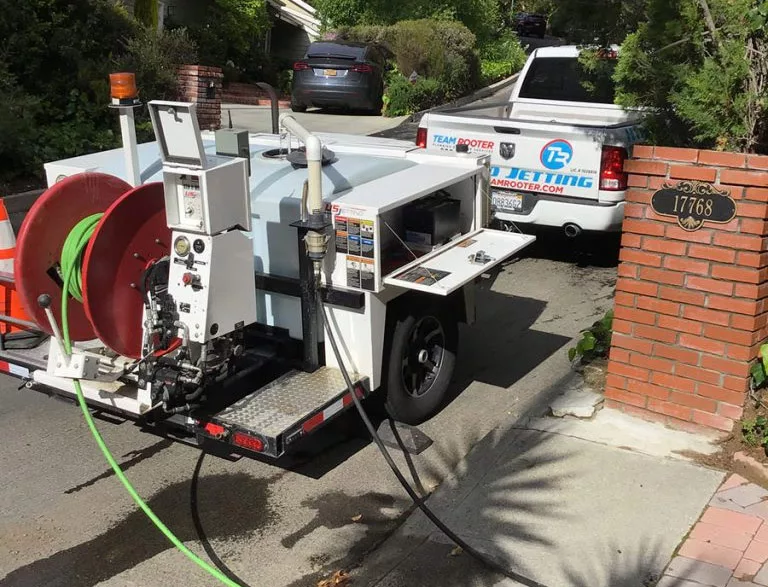
Schedule Drain Cleaning
Regular drain maintenance can prevent clogs and ensure your system is ready for increased usage in warmer months.
DIY Maintenance:
Use a homemade mixture of vinegar and hot water to flush your drains, keeping them free from minor clogs and odors.
Professional Drain Cleaning
For deep clogs or if you’re experiencing multiple slow drains, professional drain cleaning or hydro-jetting might be necessary.
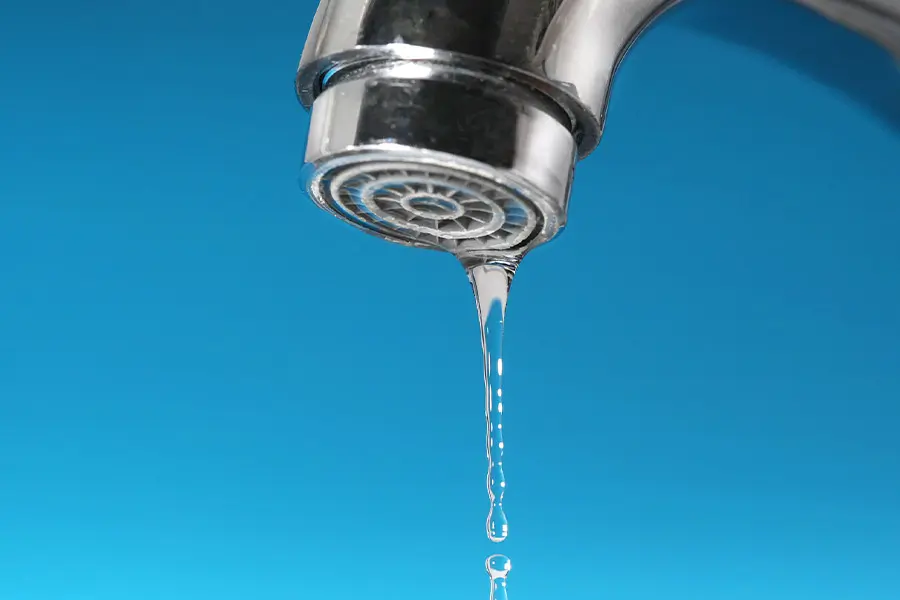
Check Faucets for Drips or Leaks
Outdoor and indoor faucets should be checked for leaks, a common issue after the cold months.
DIY Fix:
Replace washers or gaskets in leaky faucets. Tighten any loose parts and check for improvement.
Leak Detection & Repair
Persistent leaks or issues with water pressure may indicate a deeper problem. In such cases, contacting a plumber is advisable.
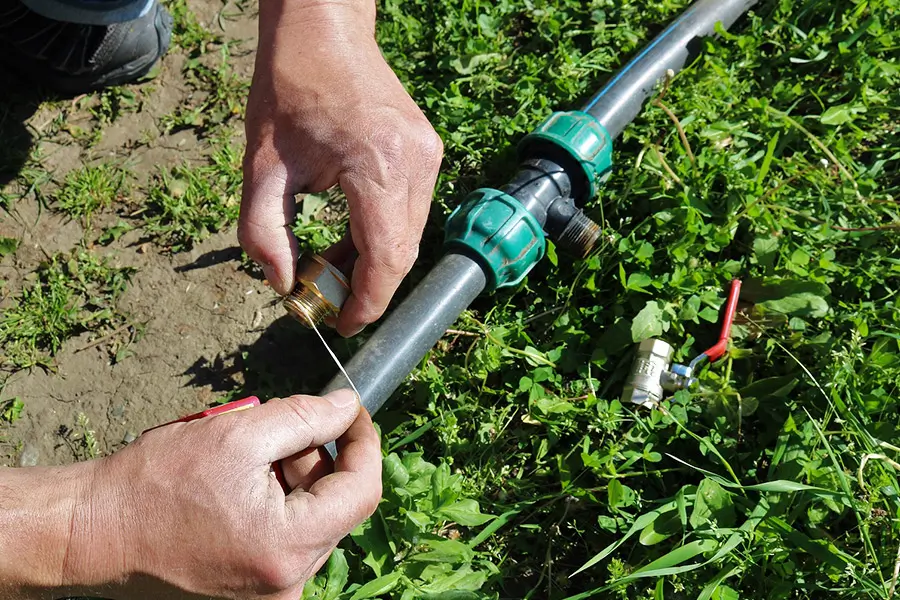
Assess Your Irrigation System
Before you start watering your garden, ensure your irrigation system hasn’t suffered damage over the winter.
DIY Inspection:
Check for leaks, broken sprinkler heads, and ensure the system covers all areas of your lawn evenly.
Professional Evaluation:
Complex systems or visible damage may require a professional
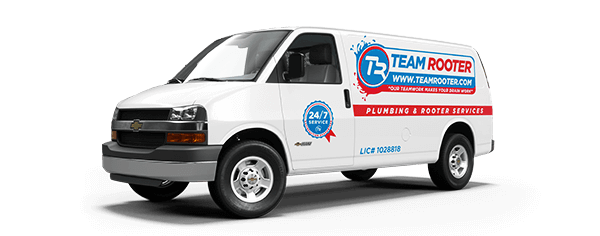
As the blossoms of spring begin to bloom, ensuring your plumbing is in peak condition is essential for a hassle-free season. Our Spring Plumbing Checklist is designed to guide you through simple DIY maintenance tasks while highlighting when it might be time to call in the professionals. From drain cleaning to considering hydro-jetting services for more severe issues, Team Rooter Plumbing is here to support all your residential and commercial plumbing needs. Remember, taking proactive steps now can prevent common plumbing problems and save you time and money in the long run. If you encounter any issues beyond your expertise or need professional advice, don’t hesitate to reach out to our experienced team. Let’s welcome spring with confidence, knowing your plumbing system is prepared for everything the season has in store.



